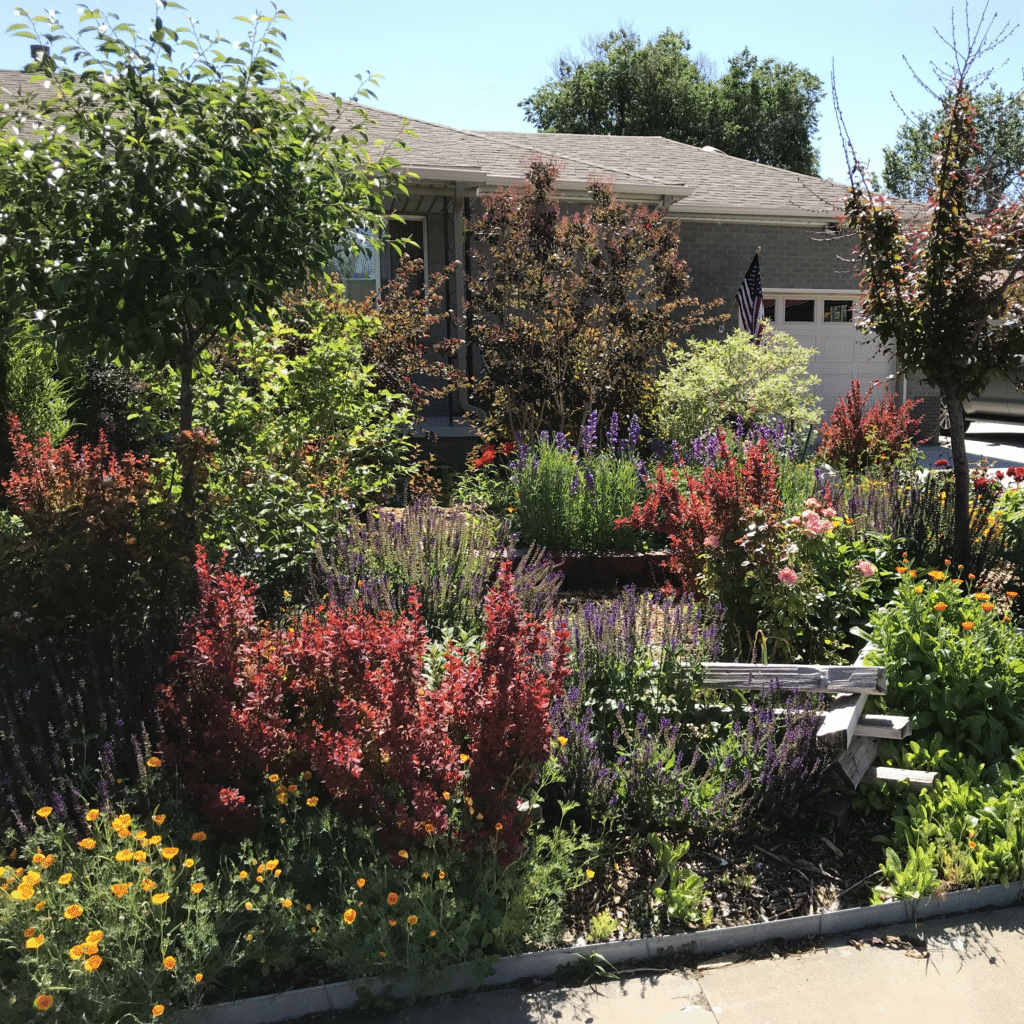Permaculture Gardening
What is permaculture? The term “permaculture” comes from a combination of “permanent” and “agriculture.” It is a dynamic system of design principles and ethics used to inform how we approach agriculture and managed landscapes. Permaculture is as much an art as a science, because the designs also depend on the creativity and ingenuity of the gardener.
Permaculture emerged as an approach in the late 1960’s and 1970’s following the Club of Rome work known for its influential 1972 report, “The Limits to Growth.” This collaborative report explored the potential consequences of unchecked population growth, industrialization, resource depletion, and pollution. Permaculture emerged as a systems-based approach standing in contradiction to monoculture-style agriculture which quickly depletes soil other resources causing imbalances in natural populations.
Permaculture incorporates the tenets of organic gardening (focus on soil health, avoiding synthetic inputs, nutrient cycling, and natural pest control) and then goes beyond these principles to expand to a systems view of the agricultural process. It can be scaled from large to small areas and was intended to be implemented by individuals and groups during the time period when our dependence on other systems for food and energy production are experiencing crisis.
David Holmgren and Bill Mollison pioneered the twelve principles and three ethics that are the foundation of permaculture design. The 12 principles can be used to plan a garden, but also can be used as a person manages the garden through time. The principles are dynamic and help guide good decision making every day for managing the garden whether large or small.
One of my favorite proverbs to come from this work is that “the problem is the solution.” This is a handy reminder for working in natural systems that an excess of something (weeds, sun, heat, etc.) must be viewed from a systems approach as an excess of a potential resource. Our task as gardeners becomes recognizing imbalances and figuring out ways to use those resources as opportunities. For example: Too many weeds? Use them to make fertilizer! Too much sun? Grow trees that can provide a yield as a byproduct. Too many pests? Attract predators to eat them…..

